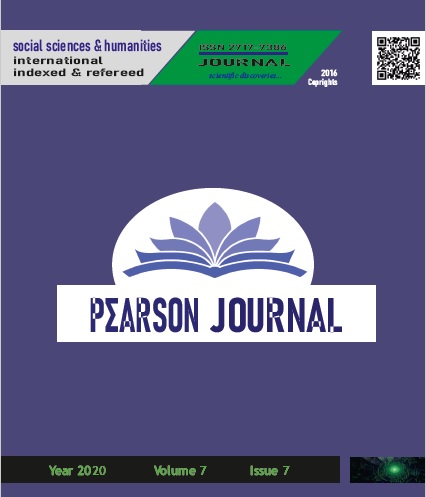The Study of Optimism-Pessimism and Life Satisfaction in Terms of Demographic Variables During the Covid-19 Pandemic Period
DOI:
https://doi.org/10.46872/pj.95Keywords:
Outbreaks, Optimism, Pessimism, Life Satisfaction, Covid-19Abstract
The Objective of this study is to determine the levels of optimism, pessimism and life satisfaction in the first three months when the effects of the Covid-19 epidemic that emerged in China in December 2019 and spread all over the world. Another objective of the study is to reveal whether there is a difference between optimism-pessimism and life satisfaction levels according to the demographic variables of the participants. For this purpose, data were collected from 412 participants using questionnaire technique. As a result of the analyzes made on the data collected in the study, significant differences were found among the participants' levels of optimism, pessimism and life satisfaction. General optimism and life satisfaction levels are higher than general pessimism. It was revealed that the pessimism level of the women is higher than the pessimism level of the men, the life satisfaction level of the married participants is higher than the life satisfaction level of the single participants, and the optimism and life satisfaction level of the white-collar working group is higher than the optimism and life satisfaction level of the other participants. In addition, it was determined that the life satisfaction level of the participants in the lowest income group is lower than all the groups, and the participants with this low income group have the highest level of pessimism




